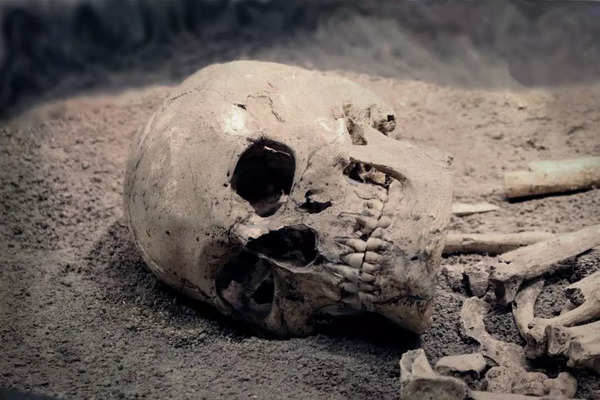Kolkata’s darkish previous when it exported hundreds of human skeletons and those useless our bodies had been…. – Occasions of India

Kolkata, the “Town of Pleasure,” is a gorgeous assortment color, custom, and knowledge. Because the cultural capital of India, Kolkata has been famend for its wealthy heritage, highbrow legacy, and creative spirit. Town’s streets are decorated with ancient landmarks, markets, and an ever-present sense of ingenious expression and festivities that epitomise the town.
Then again, underneath the outside of this cultural splendour lies a darker aspect, which is incessantly sudden however has been a truth since historical past as the biggest provider of human skeletons to the sector!
As in line with a record by way of the Existence Mag and a characteristic by way of main media area, Kolkata has been a hub for greater than 200 years to the shadowy global commerce within the skeletons of human beings, this has provided the schools and hospitals international with anatomical fashions. The similar has been reported on this Instagram publish by way of @thecheckuppodcast. Have a look:
As in line with the web stories, this dim and dismal trade flourished throughout British rule and endured smartly into the 20 th century. Questions stay in regards to the ethics and origins of those skeletal stays: How moral was once the trade, and the way did the skeletons come into lifestyles?
If stories are to be regarded as true, the trade-in human skeletons in Kolkata will also be traced again to the British colonial length. All the way through this time, the call for for anatomical fashions in clinical schools and analysis establishments in Europe and North The us was once on the upward push. To fulfill this call for, grave robbers had been hired to excavate our bodies from Indian cemeteries. Those our bodies had been then processed and ready for export, incessantly via Nepal, for use for clinical schooling and analysis, the record says.

The skeletons had been essentially derived from unclaimed human cadavers left by way of hospitals, cemeteries, and graveyards. Skilled grave diggers dug graves, specifically from states like Bengal, Jharkhand, Bihar, and Uttar Pradesh. These types of websites had been open and unguarded, thus making it more straightforward for grave robbers to exhume our bodies with out detection, states the web media record.
Along with grave theft, unclaimed our bodies from hospitals and morgues had been additionally an important supply. Those our bodies, incessantly the ones of destitute people or the ones with out households, had been gathered and processed for export. The skeletons had been meticulously wiped clean, assembled, and ready for cargo to fulfill the prime call for from clinical establishments international.
Regardless of a lot prohibition and regulation, the buying and selling remained for many years. It has additionally been reported that the Indian executive formally banned the export of human stays on August 16, 1985-it was once very stunning to listen to that some buyers went as little as murdering folks to procure skeletons. In 1952 throughout the Emergency length, there was once a temporary ban, which might now not cling since the business thrived. The moral implications of those practices had been in large part overpassed in prefer of benefit, resulting in a gloomy bankruptcy in Kolkata’s historical past.

One notable corporate that endured running regardless of the ban was once Younger Brothers, a Kolkata-based company based in 1980. The corporate advertised itself as a number one manufacturer and provider of clinical schooling and coaching fashions, together with skeletal fabrics. Even though these things had been marketed for authentic clinical learn about, issues about their origins continued.
In keeping with stories, the export of human skeletons from India endured to develop exponentially after the rustic’s independence in 1947. It’s estimated that Kolkata exporters traded nearly $1.5 million value of skeletons simply earlier than the 1985 ban, with some estimates as prime as $5-6 million. The Chicago Tribune reported that 60,000 skulls by myself had been shipped from Kolkata. Over 40 years, from 1947 to 1985, it’s estimated that 2.4 million Indian skeletons and skulls had been exported.






